Goat is probably the most common animal raised at home. It is kept in almost every country in the world except the North Pole. This animal is valuable both as a meat species and as a dairy one. But the main focus is goat wool and fluff, which are distinguished by a uniform smooth texture, pleasant contact with the body, and durability. Things made from it serve for a long time without losing the quality of appearance and performance properties.
Raw materials and production technology
Goat wool is obtained by shearing. Then it is carefully processed in several ways, only after these manipulations can something be knitted or sewn from the material.

Stages of wool processing:
- Animal grooming.
- Sorting of raw materials.
- Cleaning the pile.
- Flushing.
- Drying.
- Combing hair.
- Yarn.
The purpose of such processing is to clean the fur from debris and dust. First, quality hairs are separated from defective ones, after which fundamental cleaning begins. The most difficult stage is the separation of all kinds of debris. The more thoroughly it is done, the better the quality of the raw material for yarn will be.
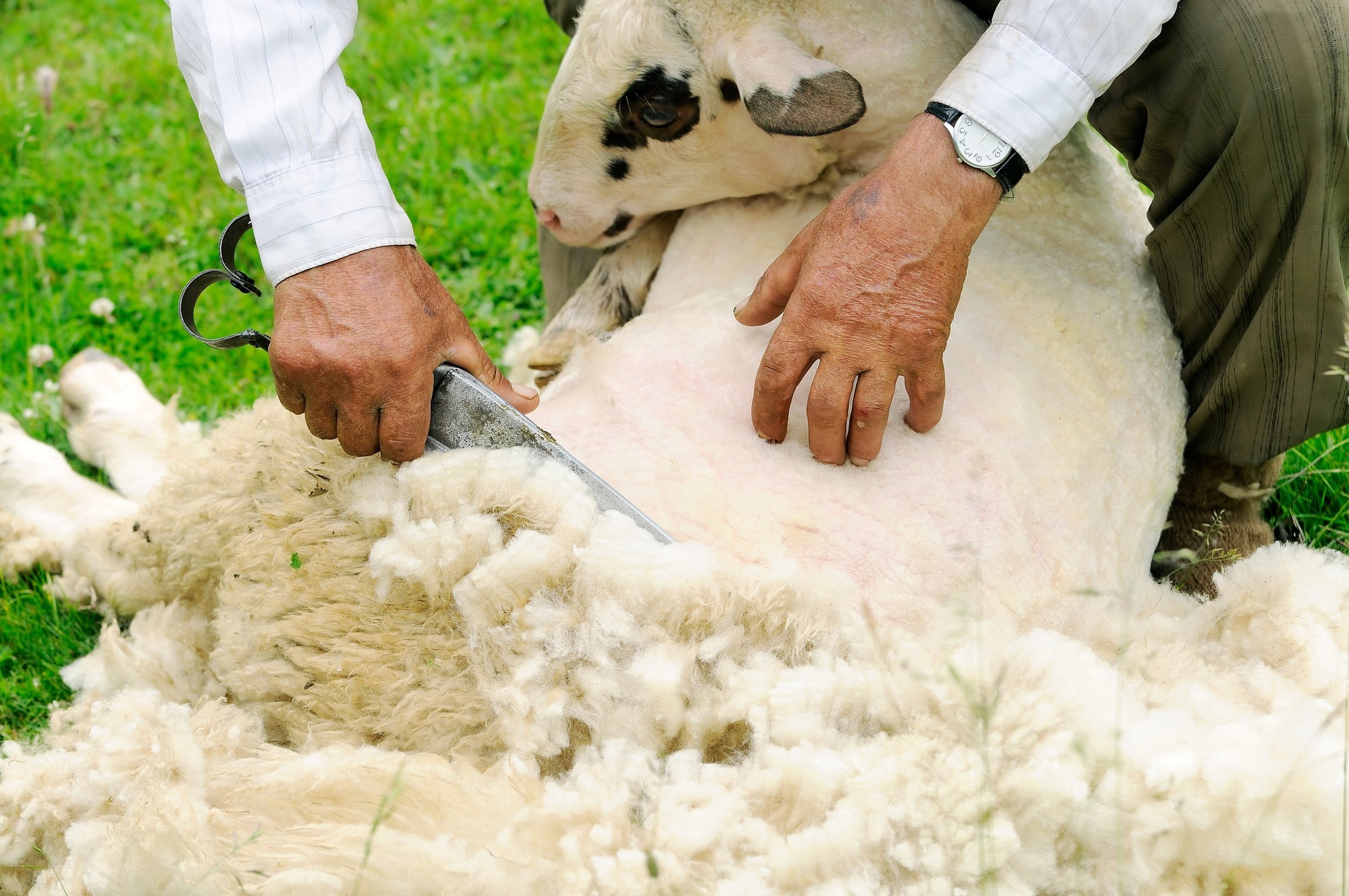
After cleaning, the wool must be washed. This is done to remove the remains of goat sweat and fat from the hairs. In addition, after washing, the fur becomes softer.
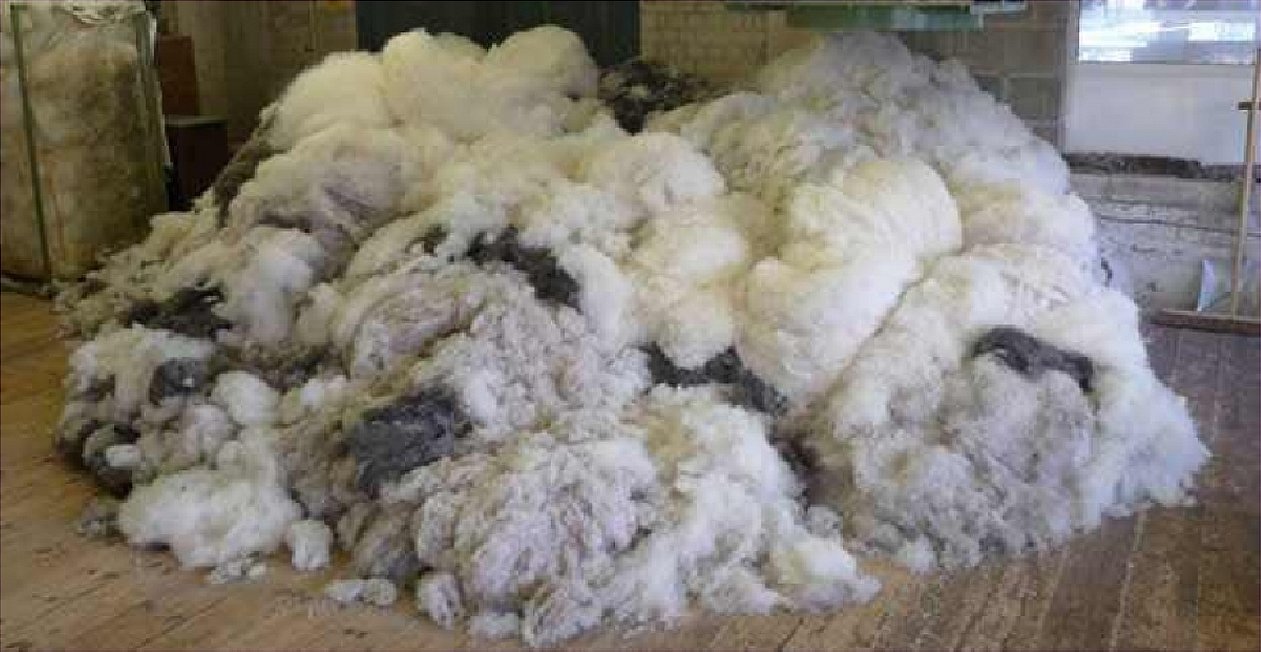
Drying is an important stage of processing. The main thing here is to dry each lint. This is done as follows:
- The raw materials are laid out on a special mesh in an even, thin layer.
- Stir lightly if necessary.
This allows the wool to dry as much as possible. Due to the mesh section, it is not only dried, but also ventilated.
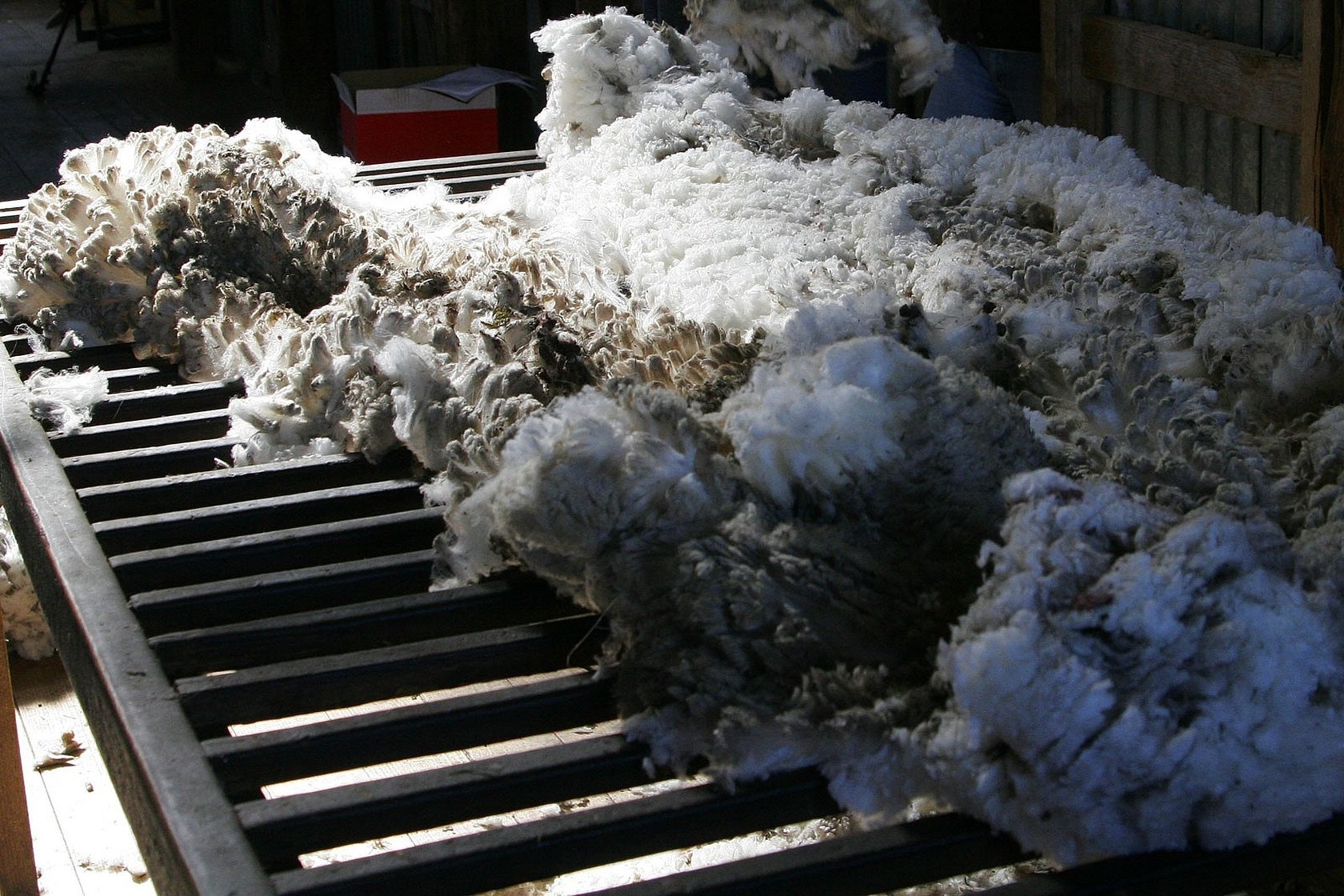
During washing, the villi become very tangled, so the next step is combing. The procedure can be done in two ways:
- carded with a brush with women's metal bristle teeth;
- with a regular comb.
Combing is carried out until a homogeneous hairy substance is obtained from the fur lump.

For your information! The finished raw material is called roving. It can now be safely sold or spun into yarn both at home using mechanical spinning wheels and in factories using special equipment.
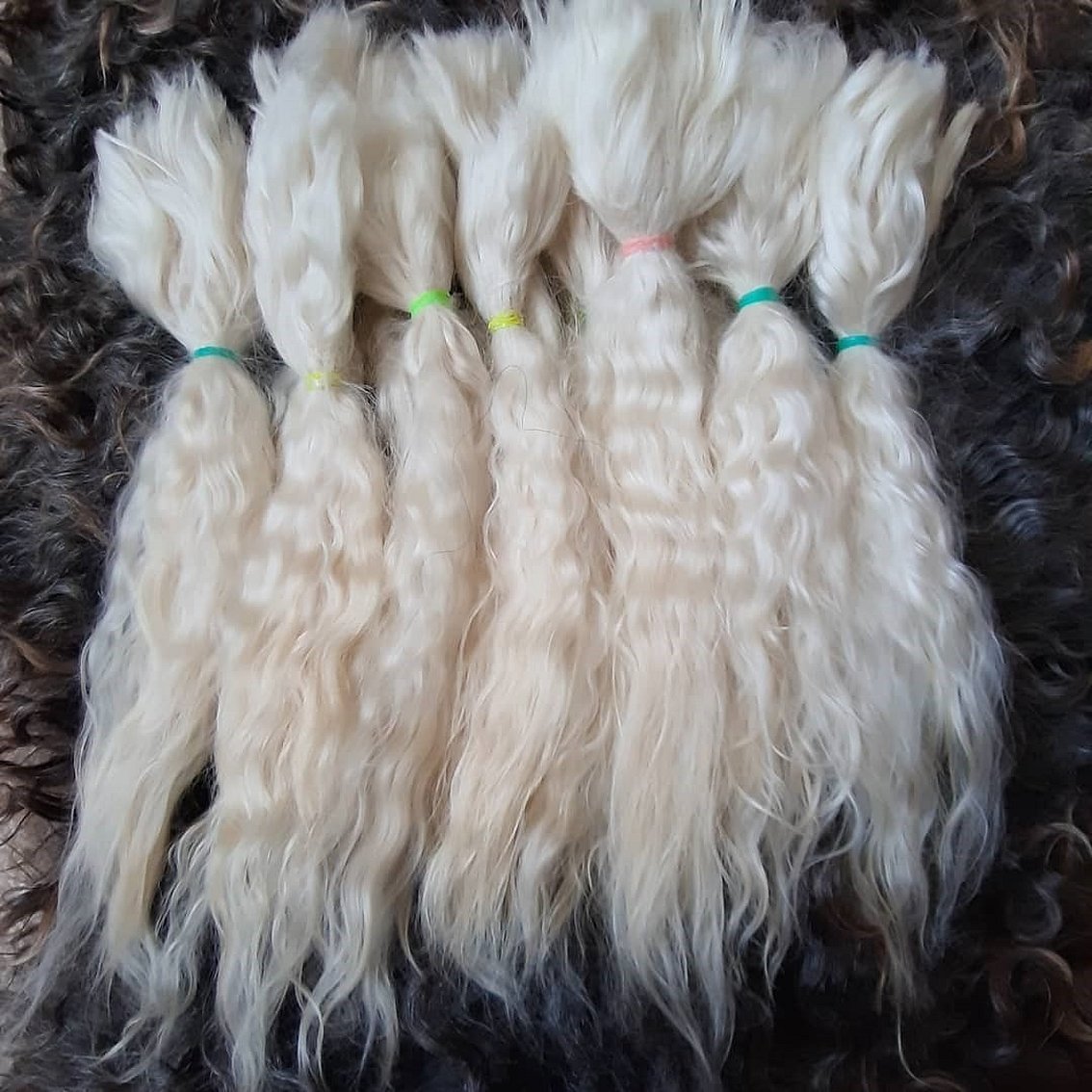
The detergent used in washing fur is washing powders intended for washing wool and other similar materials. After washing, the villi should be rinsed several times in a row.
Classification and characteristics of animals by breed
Goat breeds whose wool is in demand in industry:
- Angora. Its fur produces high-quality Angora mohair;
- Orenburg. It is famous for the fact that the fur of this particular breed of goat is used in the production of the well-known Orenburg downy shawls;
- The cashmere goat produces very soft down, which is used as raw material in the production of warm cashmere fabrics.
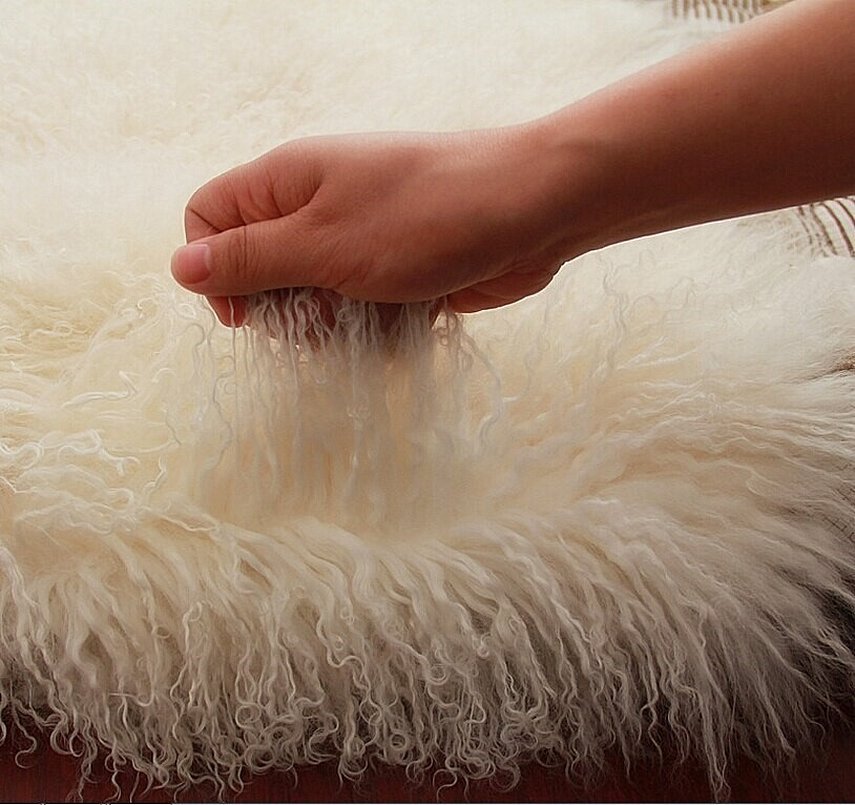
Goat fur is also classified by color. It can be:
- light gray;
- color;
- pure white;
- black.
By fur condition:
- trash - slightly more than 3% trash is allowed. A cheap type of wool, considered technical;
- normal - does not exceed 3% of waste impurities. High-quality raw materials, expensive, used in the production of exclusive expensive products.
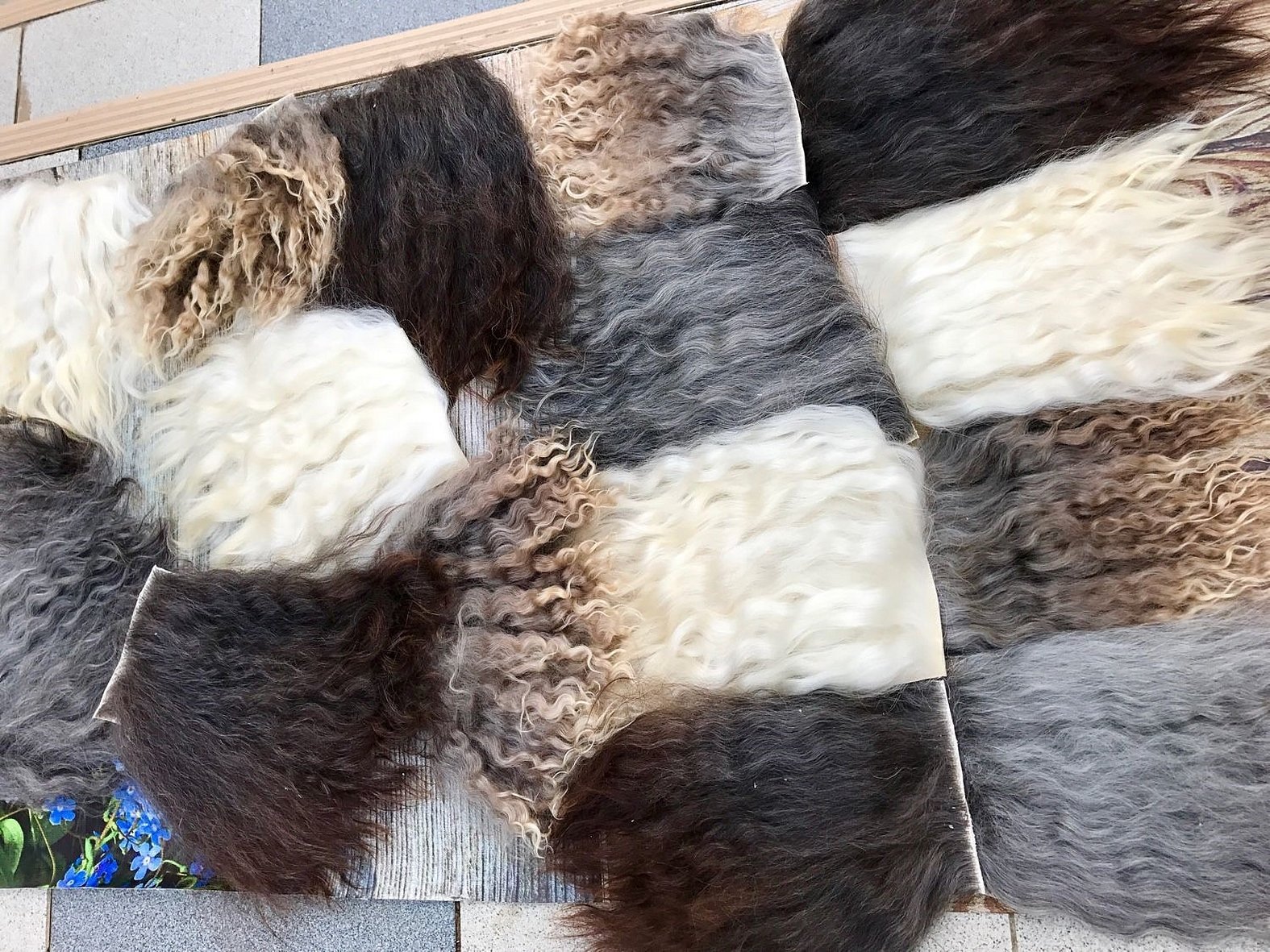
By technical properties:
- Homogeneous. First grade. The appearance is white with a peculiar shine. Long-haired raw material, the length of the hairs reaches 10 cm. Homogeneous second grade is also white with a minimum content of dead villi or lumps.
- non-uniform. It can be semi-coarse, usually in Soviet crossbreed goats or goats of down breeds, and coarse - semi-down breeds and guard hairs have it.
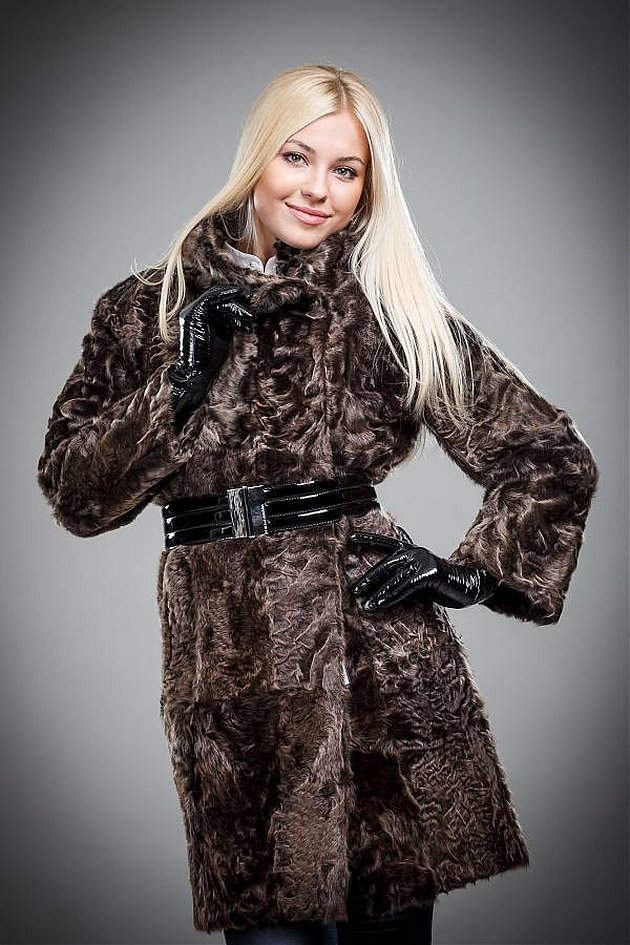
Classification of goat down by condition
The finest goat hairs are called fluff. It has clear classification criteria. Each group is distinguished by the length of the villi, the presence and number of guard hairs, and contamination. The main criterion for choosing by type of quality is the fineness of the hair:
- the most delicate is called cashmere (19 microns);
- slightly thicker than cashew (23 microns);
- The thickest is coarse-wool angora (30 microns).
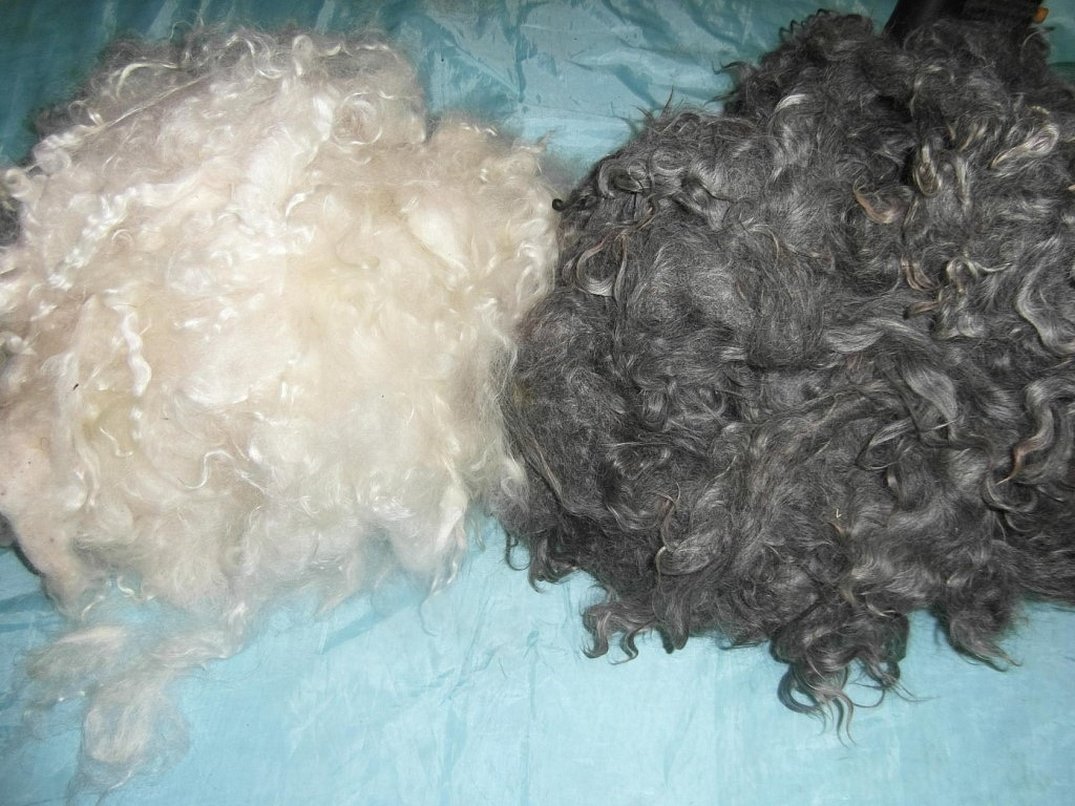
Classification of goat down based on the percentage of guard hairs:
- Class 1. The percentage of guard hair content allowed is no more than 10%;
- Class 2. A small amount of foreign impurities and 10-20% of guard hairs are allowed;
- Class 3. This is the fluff of a combed and sheared goat, which contains 20-40% of guard fur and a minimum amount of dead hair;
- Class 4. The content of guard hair here fluctuates between 40-60% and a small amount of foreign impurities and dead hair is also allowed.
Goats' down appears closer to winter, starting to grow in August. It is during this period that the animals are sheared.
White fluff is considered the best and, accordingly, the most expensive. It is easier to process and has better quality indicators compared to other types.
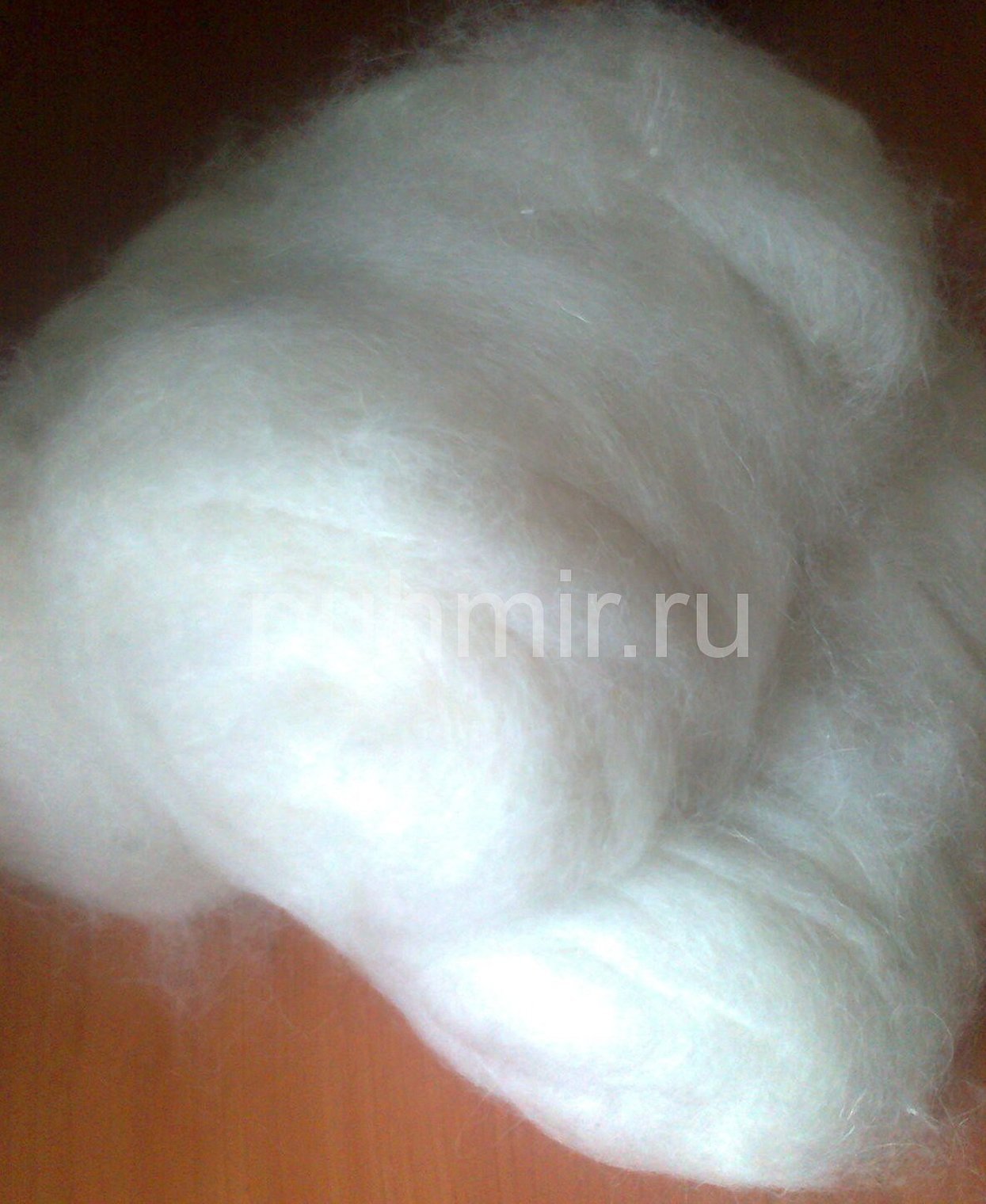
Applications of goat wool and fur
Goat and sheep wool is used in the textile industry on a large scale. Factories and plants willingly buy processed raw materials from breeders. High-quality soft fabric made from goat wool is used in many areas. It is used to make:
- carpets with a pile surface;
- high quality Turkish sheepskin coats;
- warm house slippers.
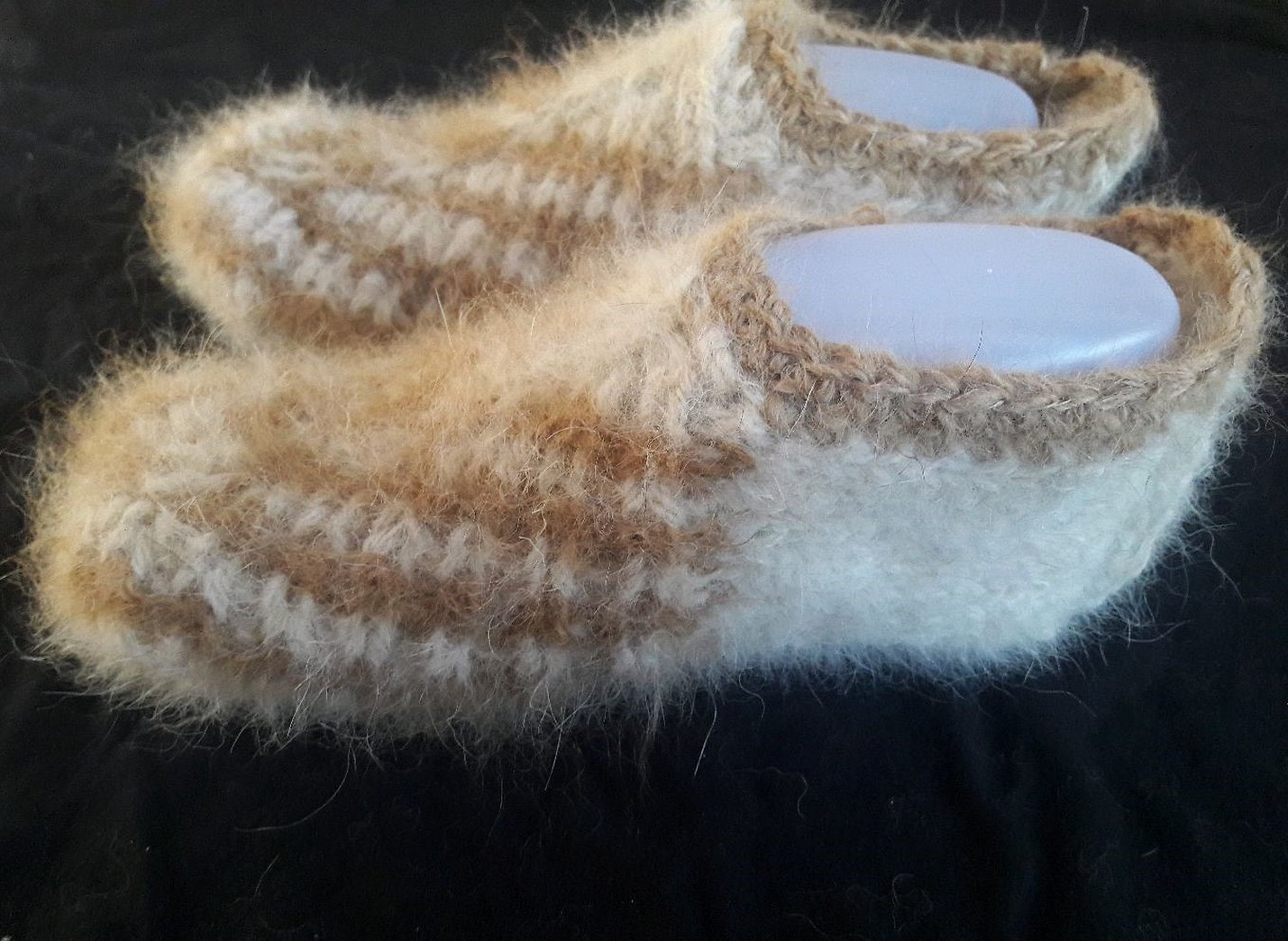
Bedding made from goat wool is also in high demand among consumers:
- blankets;
- blankets;
- pillows.

Important! Down is used to make amazingly beautiful shawls. Longhair wool is used to make collar fur, flies and other decorative elements.
Goat wool is also used in everyday life. It is spun into knitting threads. The finished products not only look good, i.e. have an aesthetic appearance, but are also very warm. The yarn is used to knit:
- children's pants;
- hats;
- vests;
- mittens;
- socks;
- sweaters.
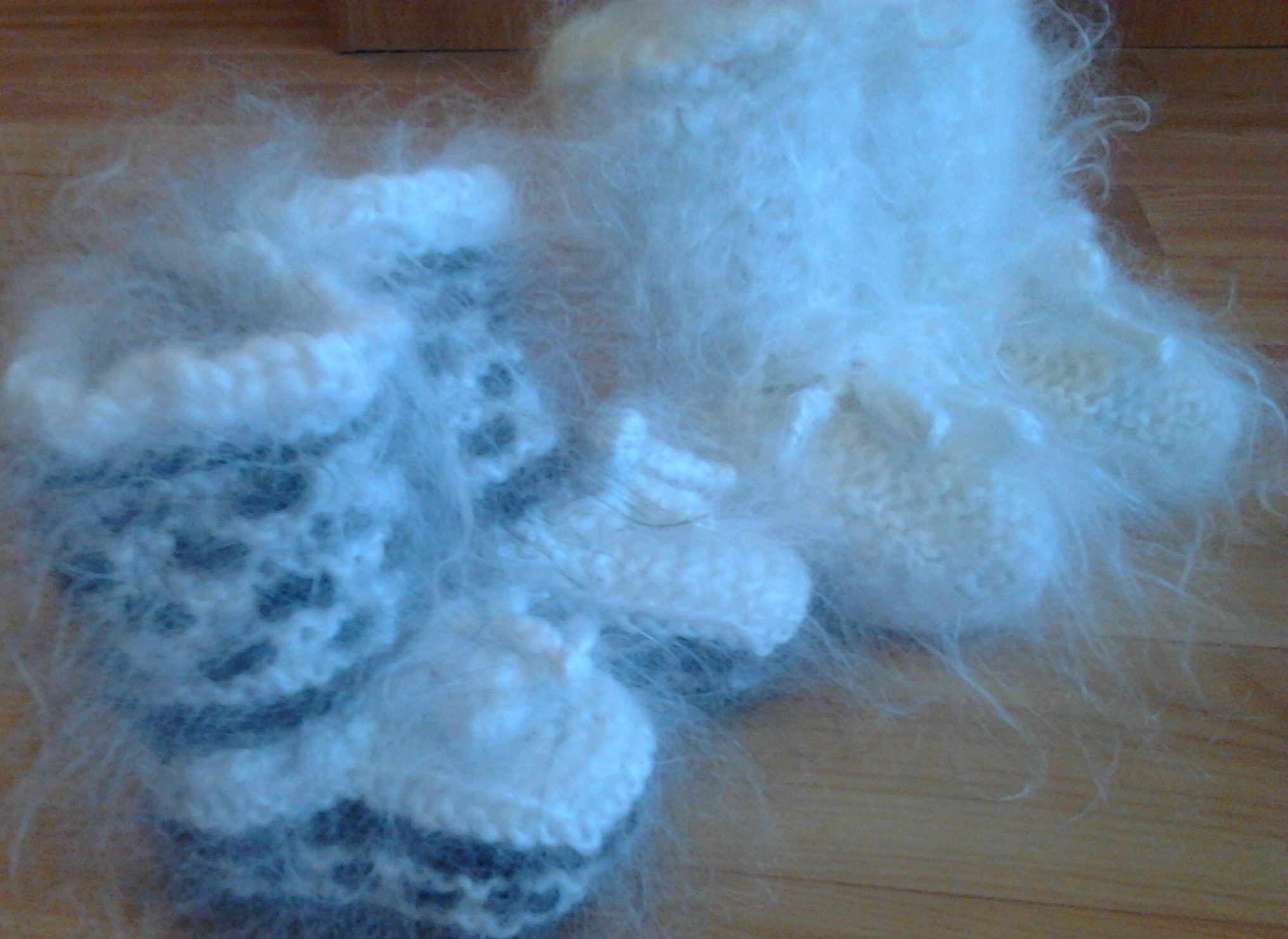
All of them, in addition to warmth, comfort and softness, also have healing properties. They are useful for people suffering from nervous disorders, pathologies of the musculoskeletal system, and problems with blood circulation.
For your information! The most common and purchased products made from plain-dyed goat wool fabrics are blankets and woolen throws.

Why Goat Blanket Is One Of The Best
The beneficial properties of natural wool blankets made from goat wool include:
- air permeability. The structure of the fibers of the fabric is very fine, which allows air flows to circulate freely. Under such a blanket, the human skin breathes, which prevents sweating, providing comfort during sleep;
- low thermal conductivity. Wool fabric does not allow heat and cold to penetrate through it. This allows you to create and maintain comfortable conditions for rest. Under such a blanket it will not be hot in summer, and cold in winter;
- hypoallergenic. Smooth-dyed soft fabric made from goat wool belongs to the group of natural materials that do not cause allergies, i.e. it does not contain any allergens. Products and blankets are recommended even for those people who have been diagnosed with bronchial asthma.
Why is this wool so valuable for human health? The fact is that a goat is one of the few animals that never suffers from serious diseases, especially those that can be transmitted to humans. Products made from goat down and wool are recommended even for babies.

The most useful blankets are those made of unpainted material and those that have not been subjected to any chemical treatment. Only natural fabric retains all the useful properties.
Thus, goat wool is rightfully considered the best. It is not for nothing that it is so valued on the market and people are ready to pay any amount of money just to buy a quality product, be it mittens, a sweater or a rug.




